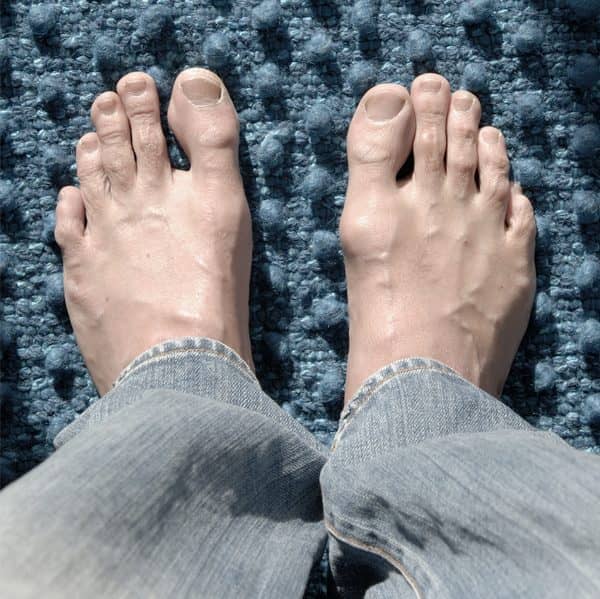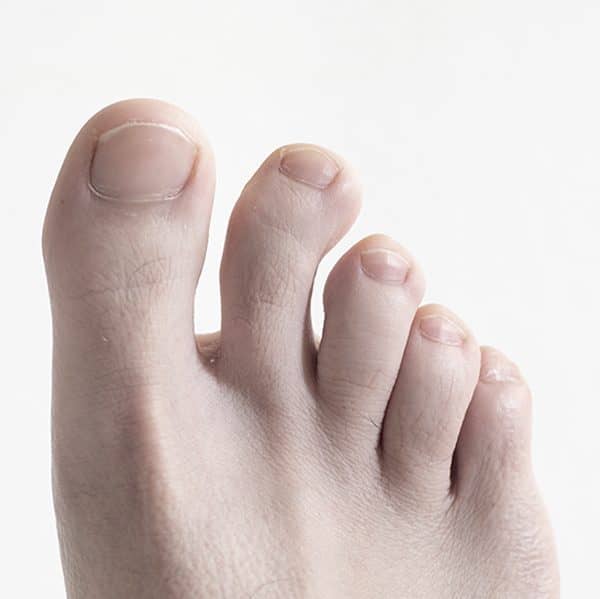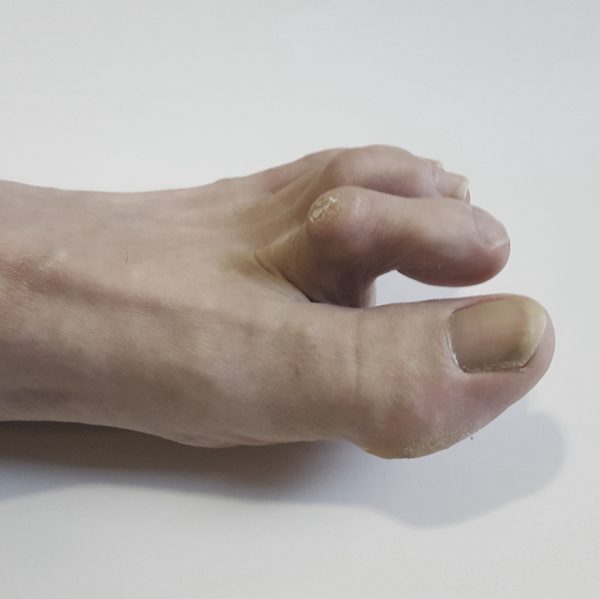Aesthetic Toe-Shortening Surgery
Having a long toe is a particular deformity that is not caused by wearing the wrong shoes or making poor lifestyle choices.
It is a genetic condition, which really should have another moniker because it does not concern the toe at all.
The culprits in this non crime are the metatarsals, which are the five bones connecting the phalanges in the middle of the foot, which connect to the tarsal bones in the back.
Minimally invasive, this outpatient procedure can require up to three hours, depending on a patient reactions to the anesthesia or sedation. It can be performed in one of two diverse ways.
The surgeon may shorten the toe via joint resection (arthroplasty) or bone mending (fusion). The former involves the removal of a piece of one of the small toe joints, while the latter shortens the toe by removing an entire small joint, which allows the two ends of the bone to heal into a shorter position.
The healing process may require the insertion of a wire or implant, which serves to maintain bone stability throughout the healing process, after which it will be removed.
This is very common, especially when the second toe is involved, and the choice of hardware depends upon the severity of the of the problem. It can be in the form of stainless steel wires, synthetic material, screws, absorbable pins, cadaveric bone, and/or customized fixation devices.












